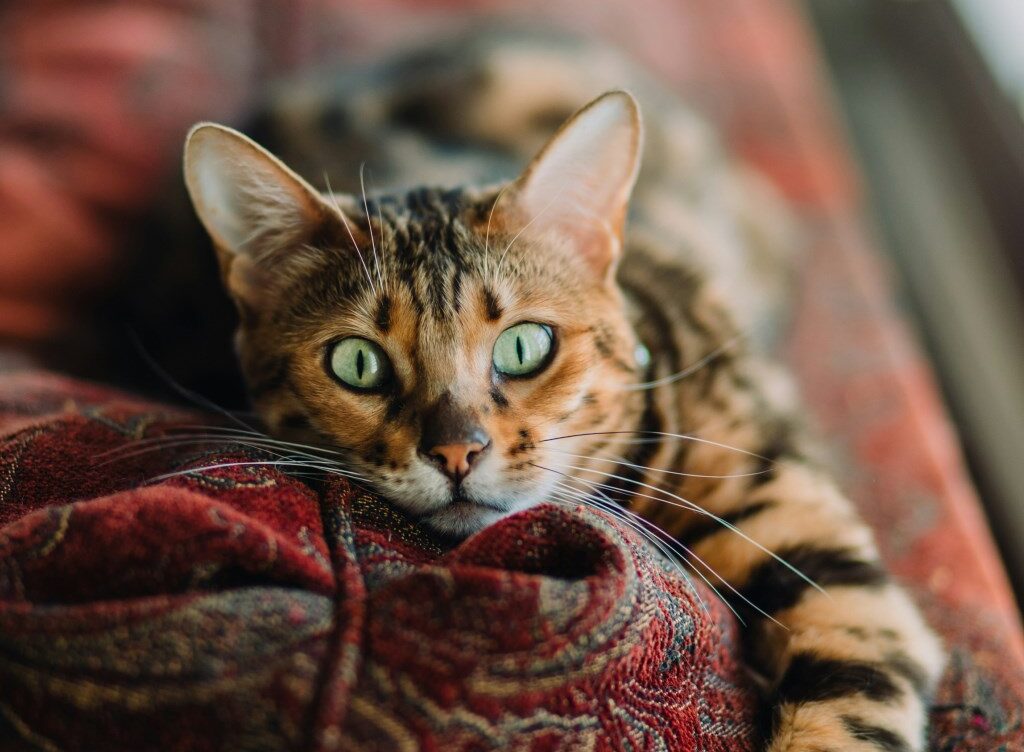
Early Warning Signs Your Cat Might Be Sick: What Every Pet Parent Should Know
Recognizing the Early Signs of Illness in Your Cat
Purr-fectly Alert: Understanding Your Cat’s Health
As a loving cat owner, one of your main priorities is recognizing the early signs that your furry friend might not be feeling their best. Cats are masters at concealing their discomfort, which means that often, subtle changes in their behavior or appearance can be the first clues that something is amiss. Recognizing these signs early can lead to a quicker diagnosis and better outcomes for your feline companion.
Pay close attention to changes in appetite or weight. A decrease or increase in appetite can indicate illnesses ranging from stress to kidney disease. Similarly, sudden weight loss or gain should not be overlooked. Both scenarios warrant a consultation with your vet.
Another important aspect to monitor is your cat’s activity level and grooming habits. A decrease in play or grooming can be a sign of pain or illness. Conversely, over-grooming might be a reaction to stress or itchiness due to skin conditions.
Whisker Woes: Key Behavioral Changes to Watch
Changes in behavior are often the most noticeable signs that your cat may be suffering. An increase in vocalization, such as meowing or howling, especially if it seems out of character, can be a sign of discomfort or distress. Also, look for changes in litter box habits. Issues like using the bathroom outside the litter box can indicate a urinary tract infection or other health issues.
It’s also crucial to note any changes in social behavior. If your usually sociable cat is hiding more or avoiding interaction, this could be a clue that they’re not feeling well. On the other hand, if your independent cat suddenly becomes clingy, it might also be a sign that they require medical attention.
Remember, these behavioral shifts may be subtle and gradual. Maintaining a regular routine and keeping a close eye on any deviations can help you catch these early signs of illness.
Claws for Alarm: Physical Symptoms That Demand Attention
Some physical signs require immediate attention. For example, any noticeable difficulty in breathing, such as wheezing or rapid breathing, should prompt an urgent visit to the vet. Similarly, signs of extreme discomfort, mobility issues, or changes in their eyes or gums are significant indicators that should not be ignored.
Persistent vomiting or diarrhea, or any signs of pain like whimpering or reluctance to be touched, also need professional attention. Pain can manifest in less obvious ways, too, such as a sudden disinterest in jumping or climbing, which could suggest joint issues or arthritis.
If your cat’s fur starts looking unkempt or they develop bald patches, consider this a red flag as well. A decline in grooming habits can be a sign of stress, pain, or illness.
Meow-ment of Truth: When to Seek Professional Help
While it’s helpful to recognize the signs of illness, diagnosing and treating your cat should always be done by professionals. If you notice any of the symptoms mentioned earlier, scheduling a visit with your veterinarian is crucial. They can provide a thorough examination and conduct necessary tests to get to the bottom of your cat’s health issues.
In some cases, your vet may recommend routine blood work or other diagnostic tests to rule out common feline diseases. They can also offer specific advice on managing your cat’s symptoms at home, such as dietary recommendations or medications.
Remember, the sooner your cat is examined and treated, the better their chances of a speedy and successful recovery. It’s always better to err on the side of caution when it comes to the health and wellbeing of your beloved pet.
By being vigilant and proactive about your cat’s health, you play a crucial role in ensuring they lead a happy, healthy life. Keep an eye out for the subtle signs and always consult with a professional for the best care possible.
